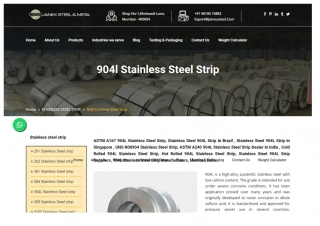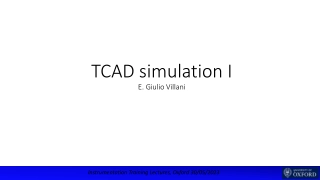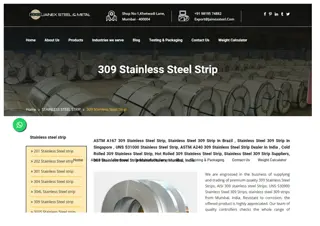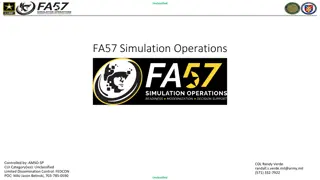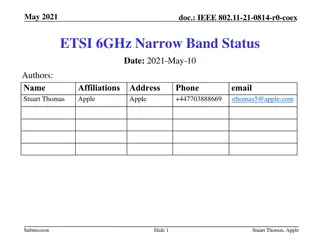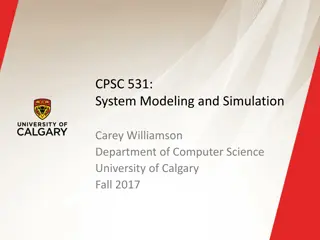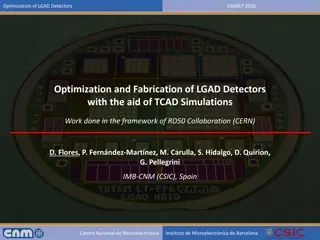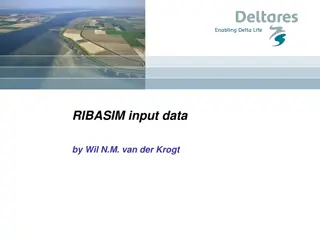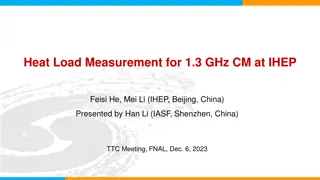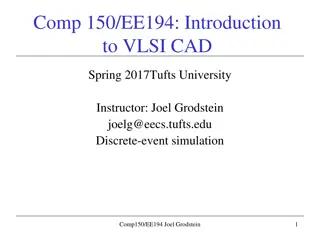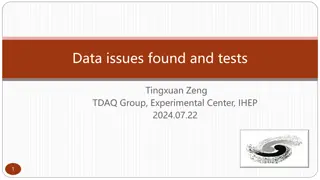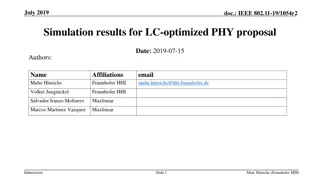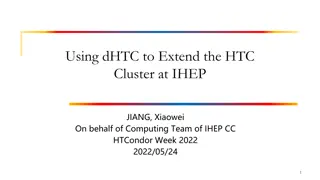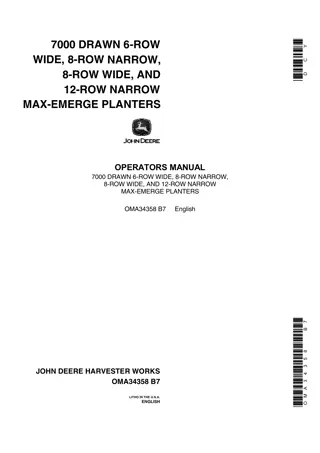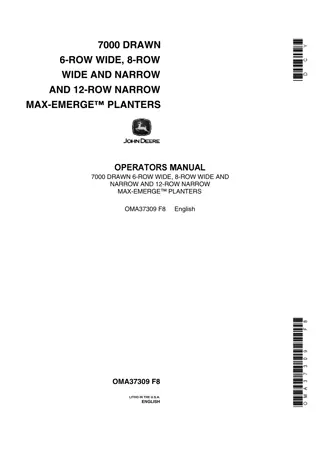
Varying Coupling Capacitance in Detector Systems
Explore methods to vary coupling capacitance in detector systems like AMS-02 and MEGA, including TCAD simulations, sensor designs, and advantages/disadvantages of different approaches. Learn about parameter values, theoretical calculations, potential distribution, and more.
Download Presentation

Please find below an Image/Link to download the presentation.
The content on the website is provided AS IS for your information and personal use only. It may not be sold, licensed, or shared on other websites without obtaining consent from the author. If you encounter any issues during the download, it is possible that the publisher has removed the file from their server.
You are allowed to download the files provided on this website for personal or commercial use, subject to the condition that they are used lawfully. All files are the property of their respective owners.
The content on the website is provided AS IS for your information and personal use only. It may not be sold, licensed, or shared on other websites without obtaining consent from the author.
E N D
Presentation Transcript
TCAD simulation of IHEP- 60 with narrow AC strip Rui Qiao; Wenxi Peng; Ke Gong
Background: SPICE simulation Larger signal For Z=26 2 3 Coupling Coupling cap. cap. [pF] Best sensor IHEP-60 50 AMS- Upgrade 35 Higher SNR For Z=1
How to vary coupling capacitance (AMS-02)? Sensor Ext. Cap. Schematic of AMS-02 ladder Picture of external capacitator Method: DC sensor & external capacitor Coupling capacitance: external capacitance / num of sensor
How to vary coupling capacitance (MEGA)? Section view of MEGA Top view of MEGA Method: AC sensor with narrow AC strip Coupling capacitance: capacitance between AC and implant strips
How to vary coupling capacitance? Detector Method Advantage Disadvantage DC & Ext. cap. Easy to produce Easy to change params Extra space Extra bonding AMS-02 Proper design and validation before production Narrow AC strip MEGA Tight layout
TCAD simulation of coupling capacitance with narrow AC strip (IHEP-60) Parameters Bulk thickness [pF] Pitch [pF] Implant strip width [pF] AC strip width [pF] Sio2 thickness [pF] Values 320 80 60 variable variable 0.3 P+ implant strip 60 um width Narrow AC electrode
TCAD simulation of coupling capacitance with narrow AC strip (IHEP-60) The fit slope is 6.91 pF/um, which match theoretical calculation theoretical calculation. Additional intercept (7.5 pF), corresponding to additional 1 um width additional 1 um width. The preferred 50 pF The preferred 50 pF corresponds 6 um AC corresponds 6 um AC strip width strip width. match
Origin of intercept (~1 um width) Apply 1V to P+ strip and 0V to AC strip, plot potential distribution. Within the range of AC strip, potential distributed horizontally. Outside the range of AC strip, additional additional 0.5um 0.5um potential distribution left/right. Potential distribution
Simulation procedure comparison TCAD TCAD: capacitance sim. TCAD TCAD: charge injection SPICE SPICE: charge injection Speed: Fast Accuracy: Low Fast Speed: Slow Accuracy: High(?) High(?)
TCAD sensor description Parameter Value Float strip Detector ID IHEP-60 Thickness [um] 320 Implant Pitch [um] 80 Implant Width [um] 60 Sensor Sensor Specification Specification Readout strip Readout Pitch [um] 160 (1/2) AC Width [um] Variable Variable SiO2 thickness [um] 0.3 Implant strip num. 9 N-type bulk Readout Readout Setup Setup Readout strip num. 5 Float strip num. 4 X grid spacing [um] 1 TCAD TCAD Parameter Parameter Y grid spacing [um] 2.5 Time step [ps] 100 TCAD sensor with AC strip 24 um width PreAmp cap. [pF] 1E6
TCAD charge injection Hit channel 2ndNext channel 1stNext channel Beam inject in the center Transient current
TCAD charge evaluation TCAD can specified additional contact resistor/capacitor/insulator, as shown left. For our simulation, we use 1uF contact capacitor contact capacitor for the readout channel. TCAD can evaluate the voltage of the readout channel. 1uF voltage ? = ? ?
TCAD result: voltage of readout channel Hit channel With smaller width of aluminum electrode, the amplitude of hit channel decrease; the amplitude of neighboring channel increase. Width=6 um Width=6 um Width=12 um Width=12 um Width=24 um Width=24 um Width=60 um Width=60 um 1stNext channel
TCAD result: charge sharing The charge sharing of TCAD differ differ from SPICE result Charge sharing is less sensitive to coupling sensitive to coupling capacitance capacitance than SPICE Charge sharing is stronger than SPICE. less stronger
Conclusion There are two ways to adjust coupling capacitance: DC sensor + external AC chip (AMS-02) AC sensor with narrow aluminum electrode (MEGA) TCAD confirm that coupling capacitance is linear to width of coupling capacitance is linear to width of aluminum electrode aluminum electrode. Assuming 0.3 um sio2thick, 6 um aluminum corresponding to 50 pF for IHEP-60. TCAD result of charge sharing differ differ from SPICE result: Charge sharing is less sensitive to coupling capacitance less sensitive to coupling capacitance than SPICE Charge sharing is stronger stronger than SPICE 6 um wide
Hard to use TCAD (1): sensitive to grid spacing Should specify X & Y grid spacing in TCAD Some TCAD result is sensitive to grid spacing spacing sensitive to grid
Hard to use TCAD (2): sensitive to time step Current(Y) vs Time(X) Voltage(Y) vs Time(X) Should specify time step in TCAD Some TCAD result is sensitive to time step sensitive to time step

